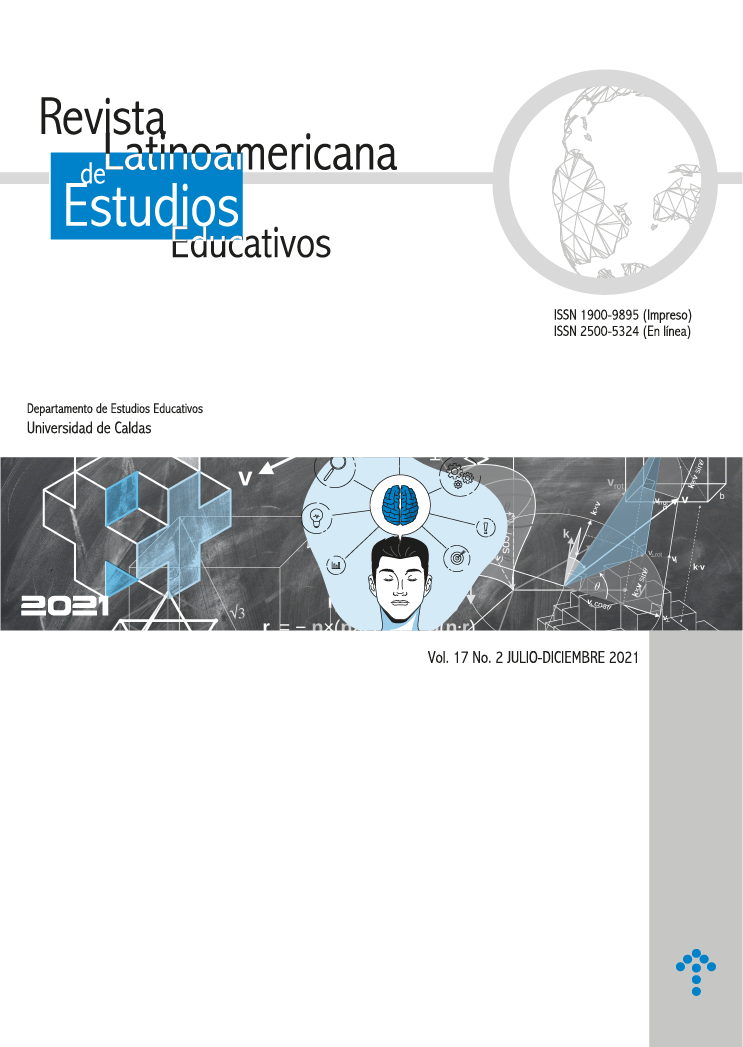Authors
Abstract
Objective. To establish the relationship that may arise between the representations of the deaf population in the city of Manizales regarding music. Methodology. Of a qualitative nature, using the collecting of social representations technique proposed by Abric (2001) when looking at the subjectivity of individuals. Results. The study makes possible to raise attention on the current state of the deaf community in the city of Manizales in relation to research that reflect their reality, allowing the assessment of the use of the Colombian Sign Language as an effective communication mechanism. Likewise, it gives an account of the representations that arise from deaf subjects and the way in which they manage to establish a relationship from music to the construction of their own identity. Conclusions. The results show the desire to make visible that there is a possible relationship between music and deafness, giving way to new research horizons.
References
Abric (Dir.), Prácticas sociales y representaciones (pp. 53-74). Ediciones Coyoacán.
Carhuaz, G. M. (2016). La estrategia de la música como recurso educomunicacional para mejorar las habilidades interpersonales de jóvenes con habilidades diferentes y como desestigmatizador social. Caso: Proyecto Magenta. Pontificia Universidad Católica del Perú, Facultad de Ciencias y Artes de la Comunicación.
Casanova, M. A. (2017). Educación inclusiva en las aulas. Colección Aula Abierta. Editorial Arco- La Muralla.
Collazos Aldana, J. (2012). Representaciones sociales sobre la salud sexual y la sexualidad de adolescentes sordos y oyentes en Bogotá. Pensamiento Psicológico, 10(2), 35-47. http://www.scielo.org.co/pdf/pepsi/v10n2/v10n2a05.pdf
Greimas, A. J. (1976). Semántica estructural de contenido. Investigación metodológica. Editorial Gredos.
Moscovici, S. (1984). Pensamiento y vida social. Psicología social y problemas sociales. Paidós.
Piaget, J. (1985). La toma de conciencia. Morata.
Palacios, A. y Romañach, J. (2006). El modelo de la diversidad: la bioética y los derechos humanos como herramientas para alcanzar la plena dignidad en la diversidad funcional. Editorial Diversitas.
Rey, M. I. (2008). El cuerpo en la construcción de la identidad de los sordos. Papeles de trabajo - Centro de Estudios Interdisciplinarios en Etnolingüística y Antropología Socio-Cultural, (16). http://www.scielo.org.ar/scielo.php?script=sci_arttext&pid=S1852-45082008000100005&lng=es&tlng=es
Rodríguez Díaz, S. (2013). Más allá de la discapacidad: reflexiones en torno a la relatividad de la organización sensorial. Revista Española de Discapacidad, I(2), 51-58. https://www.cedd.net/redis/index.php/redis/article/view/64
Sabbatella, P. L. (2005). Intervención musical en el alumnado con necesidades educativas especiales delimitaciones conceptuales desde la pedagogía musical y la musicoterapia. Tavira, (20), 123-139. http://hdl.handle.net/10498/7767
Soto Builes, N. y Vasco, C. E. (2008). Representaciones sociales y discapacidad. Hologramática, 1(8), 3-23. http://www.cienciared.com.ar/ra/doc.php?n=808

 PDF (Español)
PDF (Español)
 FLIP
FLIP
























